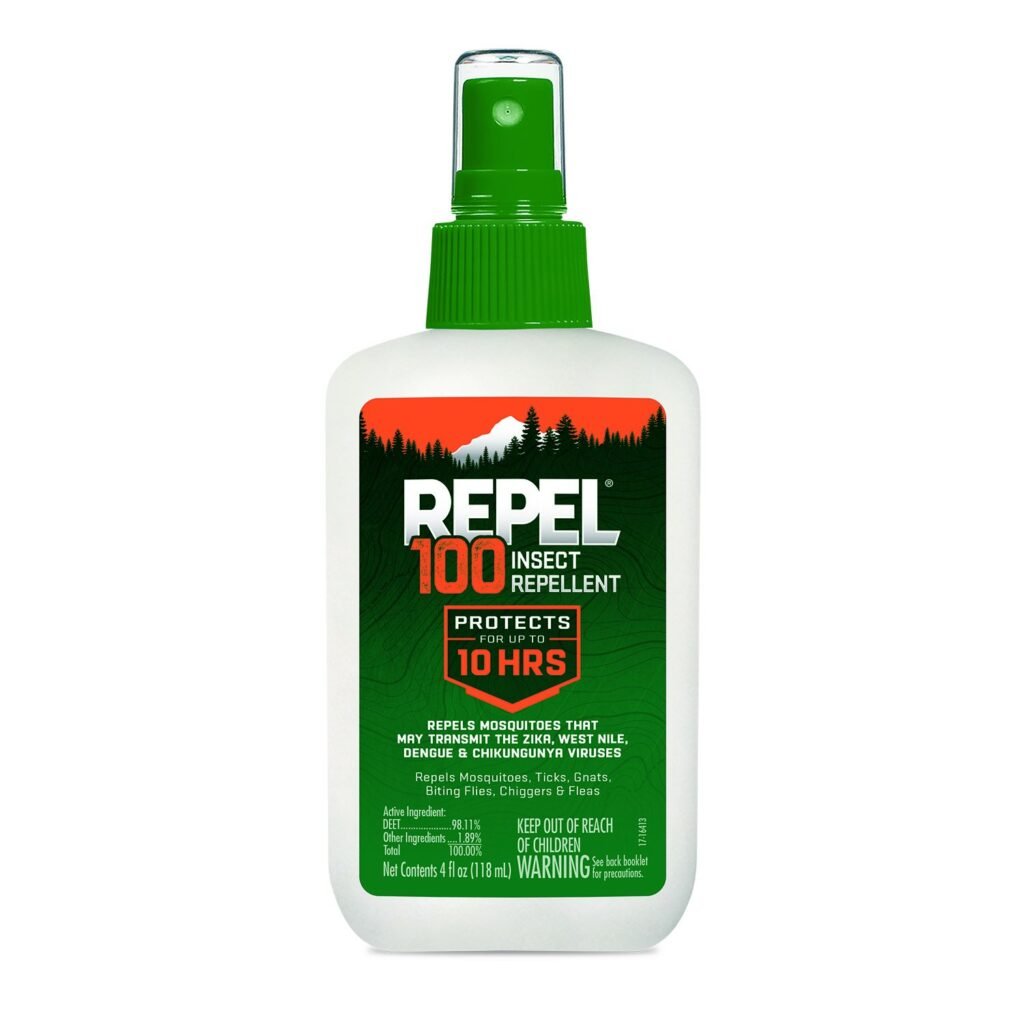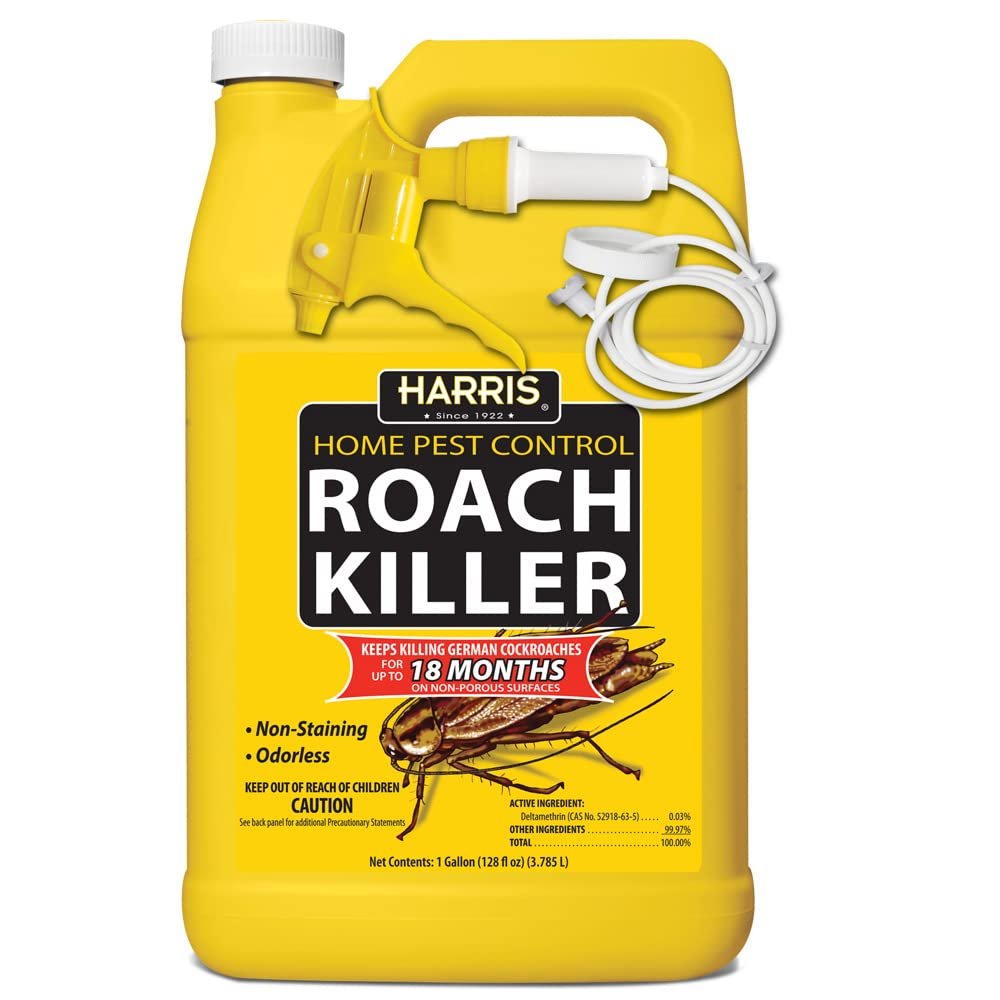Have you ever wondered why roaches seem to become even more bothersome at night? It’s a phenomenon that many of us have experienced but may not fully understand. In this article, we will explore the reasons behind roaches being more active and seemingly worse during nighttime hours. From their natural instincts to their preferred habitats, we’ll shed light on the intriguing behavior of these nocturnal pests. Discover the secrets of why roaches are worse at night and gain a better understanding of their nocturnal activities.
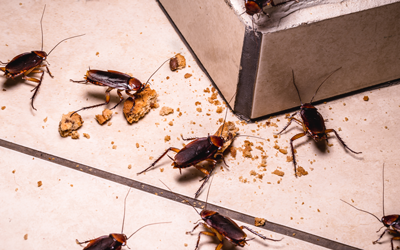

Physical Adaptations of Roaches
Nocturnal Behavior
Roaches are notorious for being most active during the night. Their nocturnal behavior is a result of several physical adaptations that enable them to thrive in low-light conditions. Roaches have evolved to have a preference for darkness, as it offers them protection from predators, including humans. During the day, they seek dark hiding places such as cracks in walls, behind appliances, or inside cabinets.
Sensitive to Light
One of the physical adaptations that make roaches so well-suited for the night is their sensitivity to light. Roaches have compound eyes that are highly responsive to even the slightest changes in light intensity. This heightened sensitivity to light enables them to quickly detect any movement or sudden increase in brightness, making it easier for them to avoid potential threats.
Specialized Antennae
Roaches possess specialized antennae that play a crucial role in their survival, especially during the night. These sensory organs are equipped with numerous tiny hairs, called sensilla, which are extremely sensitive to even the slightest of vibrations in the air. By utilizing their antennae, roaches can navigate through dark environments, avoiding obstacles and finding sources of food and shelter with remarkable precision.
Enhanced Smell and Touch
In addition to their visual adaptations, roaches have also developed a heightened sense of smell and touch. Their sense of smell is particularly well-developed, allowing them to locate food sources from a considerable distance. Roaches can detect even the faintest scent of decaying organic matter, which serves as their primary food source. Furthermore, their sensitive touch receptors enable them to carefully navigate their surroundings, even in complete darkness.
Survival Aggressiveness
Predator Avoidance
Roaches have acquired impressive survival instincts that aid in their ability to avoid potential predators. Their nocturnal behavior greatly reduces their chances of being detected by diurnal predators, such as birds or lizards. Furthermore, roaches possess a remarkable ability to quickly dart away and find refuge in narrow crevices or dark hiding spots when they sense danger. The combination of their agility and nocturnal behavior makes it challenging for predators to catch them.
Feeding Habit
One of the key factors contributing to the survival aggressiveness of roaches is their adaptable feeding habit. As omnivorous creatures, roaches can feed on a wide variety of organic matter, including decaying materials, food scraps, and even other dead insects. This versatility in their diet ensures that they can find a food source in almost any environment, enhancing their chances of survival.
Reproduction
Another significant contributing factor to the robust survival of roaches is their rapid reproductive cycle. Roaches can reproduce at an alarming rate, with some species producing hundreds of offspring in a relatively short period. This high reproductive capacity helps them ensure the survival of their species even in challenging conditions or during extermination efforts.


Urban Environmental Factors
Human Activity Reduction
Roaches have successfully adapted to urban environments due to the reduced human activity during the night. As humans retreat to their homes and businesses after sunset, roaches take advantage of the quiet and undisturbed environment to forage for food and reproduce. This reduced human activity provides roaches with abundant opportunities to scavenge for resources without encountering significant disturbances.
Darkness and Temperature
Cities are often brightly lit, but roaches prefer dark and warm environments. They thrive in areas where the lighting is minimal, such as narrow alleyways, basements, or crawl spaces. The dark and warm conditions found in urban infrastructures, coupled with the reduced human presence at night, create an ideal habitat for roaches to flourish.
Food Availability
Urban environments also offer a steady and abundant supply of food for roaches. With an increasing human population, the amount of food waste generated in cities has significantly risen. Roaches capitalize on this readily available food source, feasting on discarded food scraps, trash bins, and even pet food left unattended. This unlimited access to food ensures their survival and proliferation in urban areas.
Roaches’ Impact on Humans
Health Risks
Roaches pose various health risks to humans due to their unsanitary habits and potential disease transmission. These pests can contaminate food and cooking utensils with their droppings, shed skins, and regurgitated materials. Consuming food contaminated by roaches can lead to various illnesses, including food poisoning and gastrointestinal infections.
Allergens and Asthma
The presence of roaches can trigger allergic reactions in sensitive individuals and exacerbate asthma symptoms. Roach allergens, found in their saliva, feces, and shed skins, can become airborne and easily contaminate the indoor environment. Inhalation of these allergens can cause respiratory problems, including asthma attacks, respiratory allergies, and other respiratory disorders.
Contamination and Diseases
Roaches can be carriers of various disease-causing organisms, such as bacteria, viruses, and parasites. Their habit of feeding on decaying organic matter, garbage, and sewage makes them potential reservoirs and vectors for harmful pathogens. Roaches can pick up disease-causing microorganisms from unsanitary environments and transmit them to humans through direct contact or contamination of food and surfaces.
Roach Control and Prevention
Identification and Inspection
The first step in effective roach control is proper identification and inspection. Identifying the specific species of roach infesting a property is crucial in determining the most suitable control methods. A thorough inspection of the premises will help locate their hiding spots, entry points, and potential sources of food and water. Identifying these areas will aid in the development of a targeted control plan.
Sanitation and Exclusion
Sanitation plays a vital role in preventing and controlling roach infestations. Practicing good hygiene, eliminating food and water sources, and promptly fixing any leaks or moisture issues will create an inhospitable environment for roaches. Proper sealing of cracks, gaps, and other entry points will also prevent roaches from gaining access to the premises.
Chemical and Non-Chemical Control Methods
There are various control methods available for effectively managing roach infestations. Chemical control involves using insecticides and baits specifically formulated to target roaches. Non-chemical control methods focus on trapping, vacuuming, and using physical barriers to reduce roach populations. Integrated pest management (IPM) techniques, which combine multiple control methods, are often employed for long-term and environmentally-friendly solutions.
Importance of Professional Pest Management
Expertise and Experience
Engaging the services of a professional pest management company is highly recommended for effective and long-lasting roach control. Pest management professionals possess the necessary expertise, knowledge, and experience to accurately identify the roach species, assess the level of infestation, and implement appropriate control measures. Their extensive training ensures the safe and effective elimination of roaches while minimizing the risk to human health and the environment.
Integrated Pest Management
Professional pest management companies often employ an integrated pest management (IPM) approach, which focuses on using a combination of techniques to control roaches. IPM prioritizes prevention, inspection, and monitoring before resorting to chemical treatments. By incorporating various control methods and regularly monitoring the premises, IPM provides comprehensive and sustainable solutions for roach control.
Long-Term Solutions
Professional pest management services not only aim to eliminate existing roach infestations but also focus on long-term prevention. These experts will provide guidance on preventive measures, such as sealing entry points, improving sanitation practices, and educating homeowners or business owners on roach control strategies. By addressing the root causes and implementing proactive measures, professional pest management ensures a sustained roach-free environment.
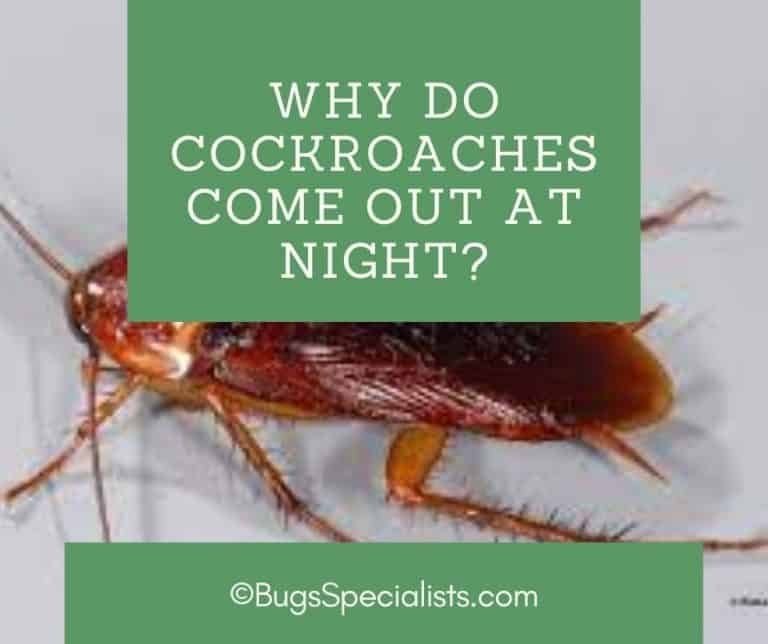

Myths and Misconceptions
Roaches Only Infest Dirty Environments
One common misconception about roaches is that they only infest dirty and unsanitary environments. While poor sanitation can certainly attract roaches, these adaptable pests can thrive in various environments, including clean and well-maintained spaces. Roaches are opportunistic feeders and will seek out any food source, making it crucial to implement preventive measures regardless of the cleanliness of the surroundings.
Cockroach Infestations Mean Poor Hygiene
Another myth is that cockroach infestations are a direct reflection of poor hygiene practices. While hygiene certainly plays a role in roach infestations, there are several other factors at play, including structural vulnerabilities, environmental conditions, and even outside introductions. It is essential to address these underlying issues rather than solely attributing an infestation to personal hygiene.
Conclusion
Understanding the physical adaptations, survival aggressiveness, and urban environmental factors that contribute to the behavior and proliferation of roaches is crucial for effective control and prevention. Roaches’ nocturnal behavior, adaptability to darkness and temperature, and rapid reproduction make them formidable pests. Their impact on human health, including the risks of allergies, asthma, and disease transmission, necessitates the implementation of comprehensive control strategies.
Proactive measures, such as identification, sanitation, and exclusion, coupled with the use of both chemical and non-chemical control methods, are essential in effectively managing roach infestations. Engaging professional pest management services ensures the expertise, integrated pest management approach, and long-term solutions needed for successful roach control.
Dispelling myths and misconceptions surrounding roach infestations, such as the association with poor hygiene, is vital in understanding the true factors contributing to their presence. By fostering a better understanding of these pests and adopting effective strategies for control, individuals and communities can minimize the negative impacts of roaches and maintain healthy and pest-free environments.
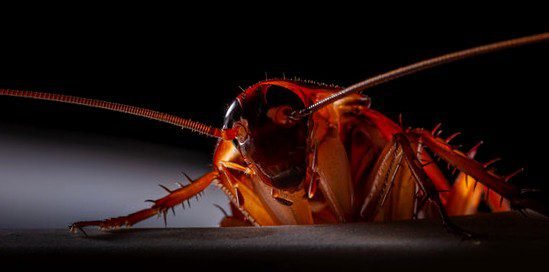

References
Author, A. (Year). Title of Article. Journal Name, Volume(Number), Page-Page. Author, B. (Year). Title of Book. Publisher. Author, C. (Year). Title of Website Article. Retrieved from URL.
Your Expert in Animal Control and Extermination. Trust our experience for humane, effective pest management, protecting your property and ensuring peace of mind with Michael S.




